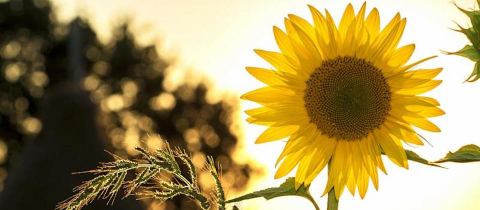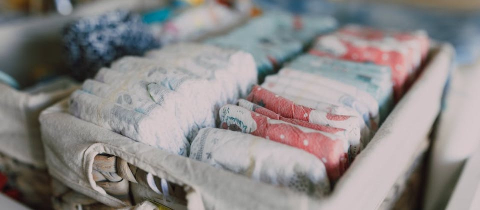It isn’t a blend of wines from the Bordeaux region of France to sell to undiscerning customers. Bordeaux mixture is a fungicide made of copper sulphate and calcium hydroxide, the latter better known as lime. Yeasts, moulds and mushrooms, all of which are classified as fungi, can present a nightmare for farmers. They can destroy a potato crop (potato blight), damage fruit (apple scab) or sicken grape vines, which then affects the yield and quality of the grapes. Since copper ions inactivate the enzymes that fungal spores need to germinate, spraying with Bordeaux mixture can prevent fungal infestation. This technique has been used around the world since its discovery by the French botanist Pierre- Marie-Alexis Millardet in the 1860s. It was back then that French vines were first affected by a fungal disease known as powdery mildew. The French blamed the Americans, and were probably right. American grape vines had been introduced into Europe to see how they would grow there, and to investigate whether grafting them onto existing vines might lead to new varieties of grapes. Unfortunately, some of these vines were infested with insects and fungi which had not been a problem in America because the vines had evolved a resistance to them. But it was a different story in France.
It isn’t a blend of wines from the Bordeaux region of France to sell to undiscerning customers.

The Great French Wine Blight was caused by an American aphid that destroyed vines by injecting a toxin as it sucked their sap. Somewhat less devastating, but still with a huge economic impact, was the fungus known as downy mildew. It was an infestation with downy mildew led to Millardet’s classic observation. Walking by a vineyard in Bordeaux, he noted that vines close to a road that ran through the vineyard were not affected while others were. Millardet learned that the vintner had had a problem with passersby pilfering his grapes and decided to fight back. He sprayed the vines with the copper sulphate-lime mix because it tasted bitter and left a visible residue that he hoped would deter the grape thieves. Millardet figured that it was also this mix that must have deterred the fungus. And he soon proved that it was. Bordeaux mixture took its place as a significant weapon in farmers’ arsenal in the battle against fungi. And not just conventional farmers, but those abiding by “organic” farming methods as well. Since both lime and copper sulphate occur in nature, Bordeaux mix can be used by organic farmers, perhaps to the surprise of people who believe that organic agriculture uses no pesticides. In fact a number of pesticides, ranging from pyrethrins isolated from chrysanthemums to copper sulphate are allowed. Are they necessarily safer than the demonified synthetic pesticides? Not necessarily. Bordeaux mixture’s copper can be harmful to fish, livestock, earthworms and even humans. But it can prevent downy mildew. You can drink to that.






